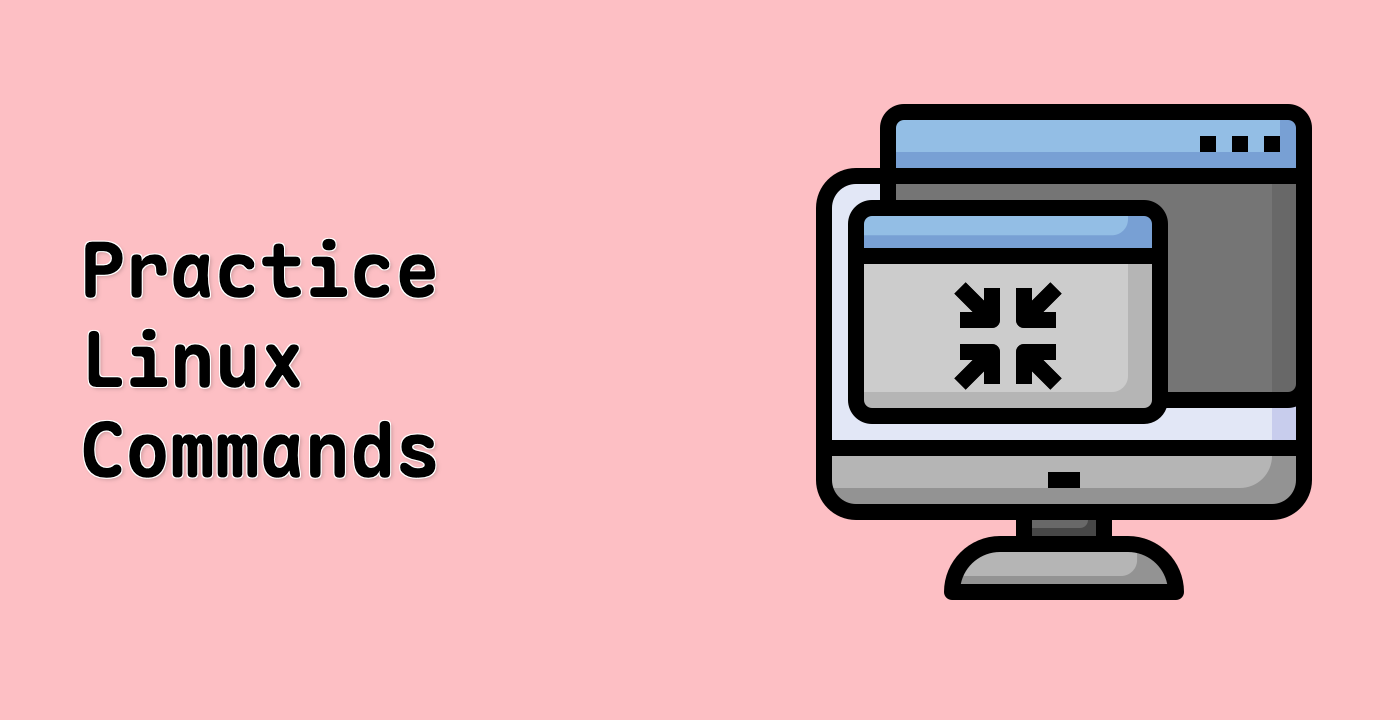Practical Linux Directory Management
Effective management of directories is crucial for maintaining a well-organized and efficient Linux system. In this section, we'll explore practical techniques and best practices for managing directories in Linux.
Directory Organization
Organizing directories in a logical and consistent manner is essential for easy navigation and file management. Here are some recommended practices:
- Use descriptive and meaningful directory names
- Group related files and directories together
- Avoid creating too many nested directories
Directory Operations
Linux provides a variety of commands for creating, deleting, and modifying directories. Here are some examples:
## Create a new directory
mkdir my_directory
## Remove an empty directory
rmdir my_directory
## Remove a non-empty directory
rm -r my_directory
Directory Permissions
Controlling access to directories is important for security and data protection. You can use the chmod command to manage directory permissions. For example:
## Change directory permissions to read-write-execute for owner
chmod 755 my_directory
Directory Troubleshooting
Occasionally, you may encounter issues with directories, such as permission problems or unexpected file locations. Here are some useful commands for troubleshooting:
du: Estimate file space usagefind: Search for files and directoriestree: Display the directory structure in a tree-like format
By following these practical directory management techniques, you can maintain a well-organized and efficient Linux file system.




